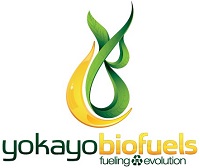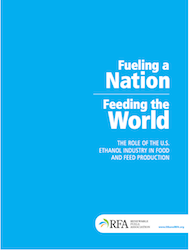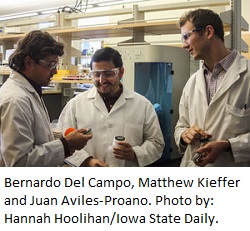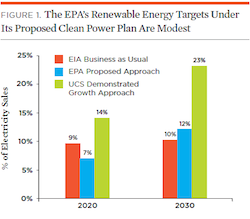 While the closing of one small biodiesel maker in California might not seem like big news, it’s certainly indicative of the problems facing the industry, big and small producers alike. This story from the Ukiah (CA) Daily Journal says that Yokayo Biofuels, which turned waste cooking oil into biodiesel, has closed.
While the closing of one small biodiesel maker in California might not seem like big news, it’s certainly indicative of the problems facing the industry, big and small producers alike. This story from the Ukiah (CA) Daily Journal says that Yokayo Biofuels, which turned waste cooking oil into biodiesel, has closed.
[Kumar Plocher, Yokayo Biofuels’ CEO] says the biggest reason for their closure was due to a lack of government support both at the state and federal levels. He explains that the carbon credit programs, those where petroleum companies are required to buy a certain amount of renewable fuels, allowed his company to bank carbon credits, normally valued high based on demand. This year state and federal value levels were very low: the state’s due to tampering by global companies that flooded the market and at the federal’s due to the Obama administration and the EPA. “Every year the federal government is supposed to raise the requirement of renewable fuel that should be purchased. At the beginning of 2014, they did not do that; they kept it static. They waited until September to announce a tiny increase, and by that time the damage was done and carbon credits were worthless all year. Every mid-term election year, the dollar per gallon subsidy that goes to biofuels has been absent; they wait until after the election.”
Plocher’s complaint is a common one among advanced biofuel makers and their advocates this year. In fact, at the recent National Advanced Biofuels Conference & Expo, Michael McAdams, founder and president of the Advanced Biofuels Association, said the partnership between the federal government and industry has to have clarity and certainty, but that’s not been the case lately.
“What we haven’t had in the last two years is certainty for the people I represent in the advanced and cellulosic sector,” McAdams said.
Similarly, Bob Dinneen, CEO and president of the Renewable Fuels Association (RFA), pointed to the U.S. Department of Agriculture’s estimates that corn prices will hit an eight-year low because of the government’s failure to follow through on the promises made in the Renewable Fuel Standard (RFS).
“Indeed, today’s USDA report should be the closing argument in the debate over the 2014 RFS final rule,” Dinneen continued. “When farmers made their planting decisions for the 2014 season, they anticipated that the Environmental Protection Agency (EPA) and the White House would continue to enforce the statutory RFS volumes. But in one fell swoop, the EPA’s proposed rule wiped away demand for 500 million bushels of corn and grain sorghum. Now, farmers are faced with corn prices below the cost of production and the risk of returning to an era of increased reliance on federal farm program payments.”
There is a little good news in all of this. Plocher was able to sell Yokayo Biofuels’ biodiesel assets to like-minded Simple Fuels.
 The Renewable Fuels Association has just announced a new mobile app – RFA Advocacy.
The Renewable Fuels Association has just announced a new mobile app – RFA Advocacy.










